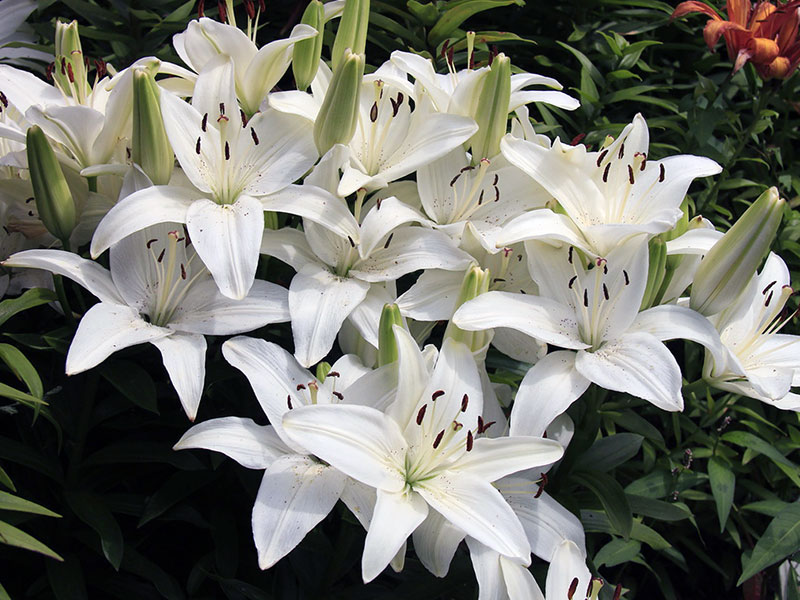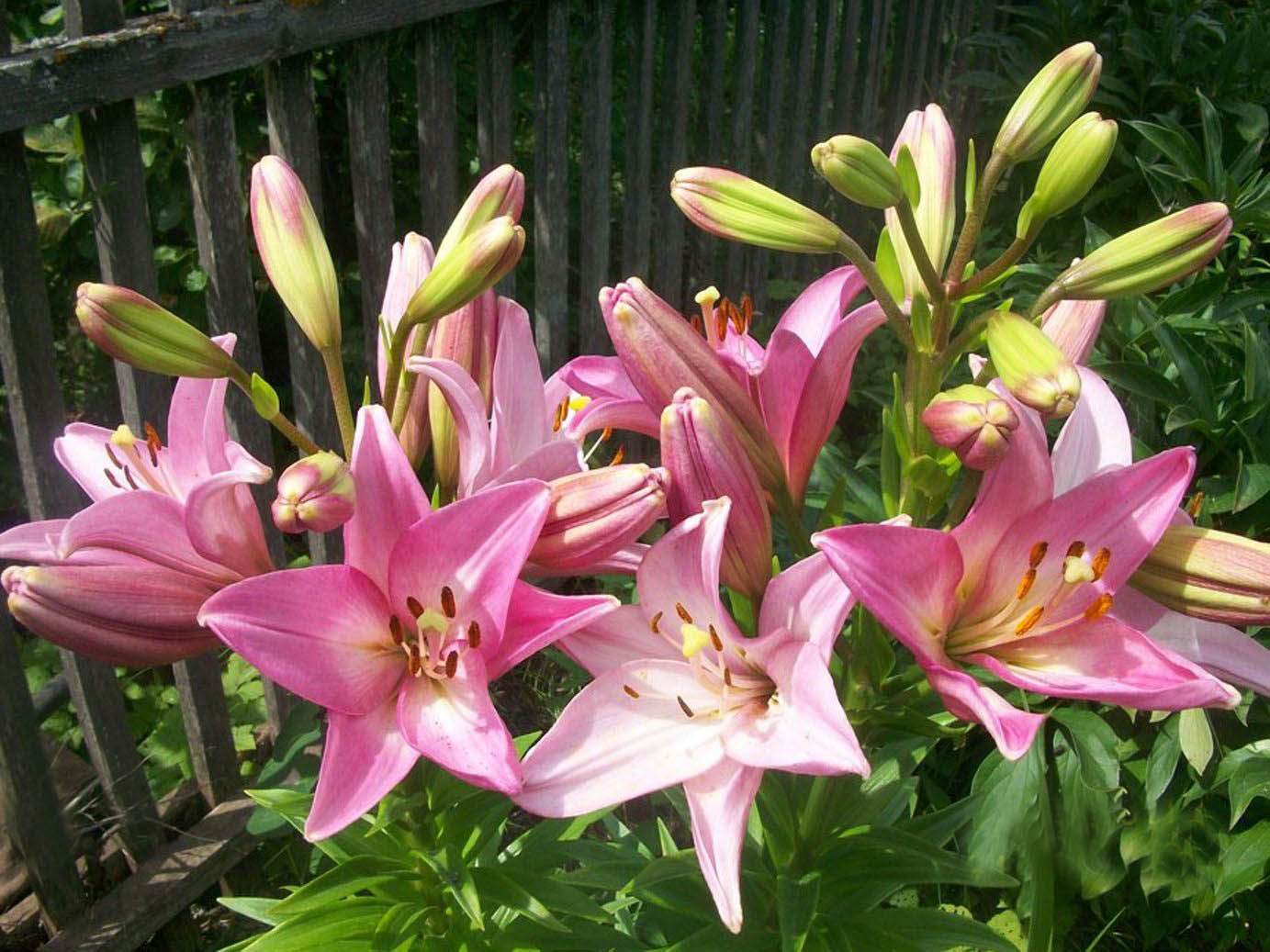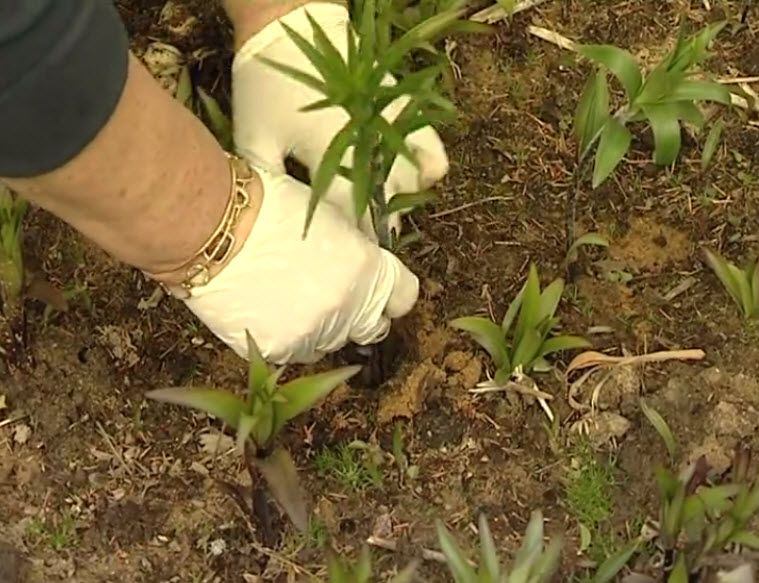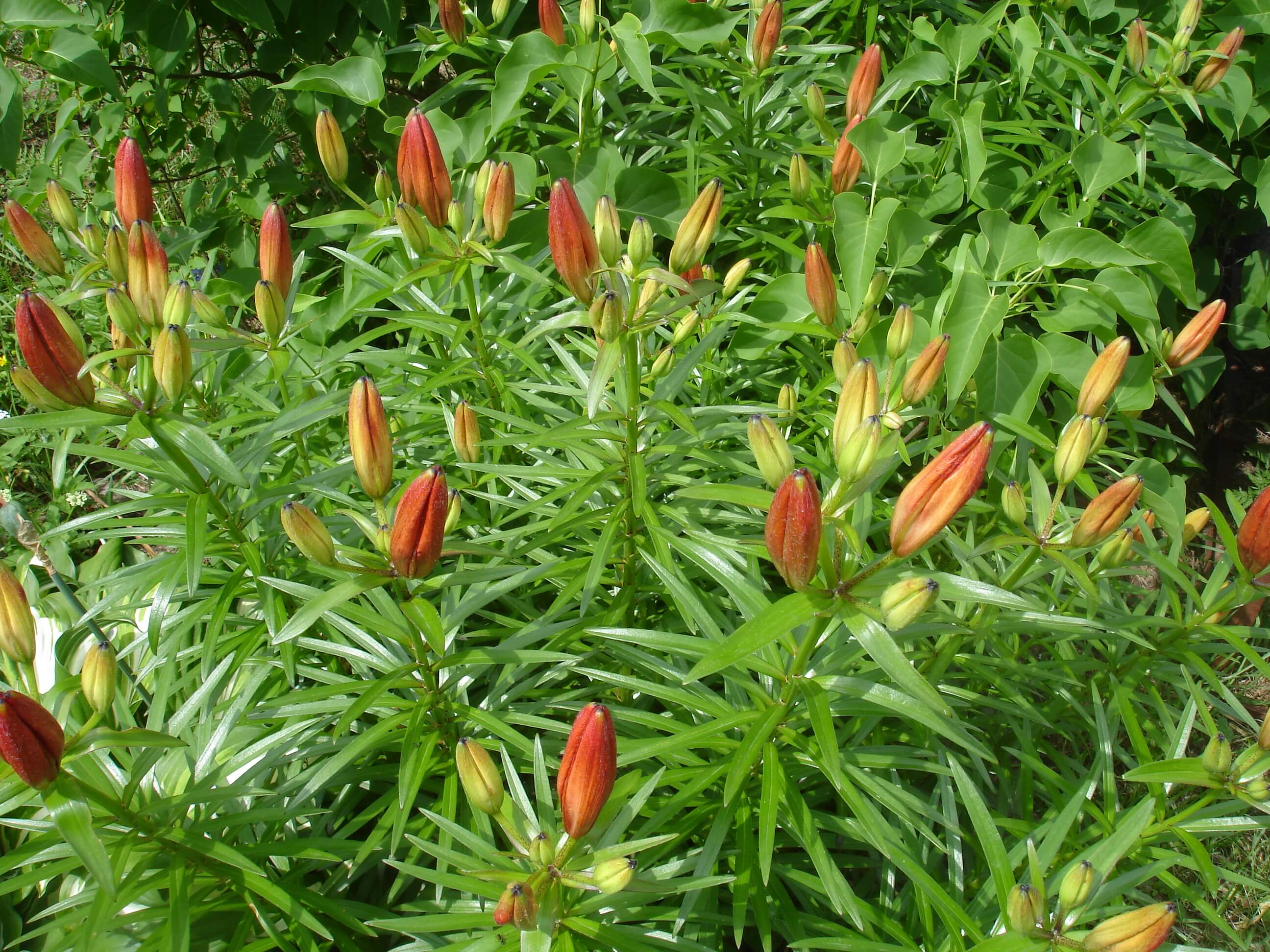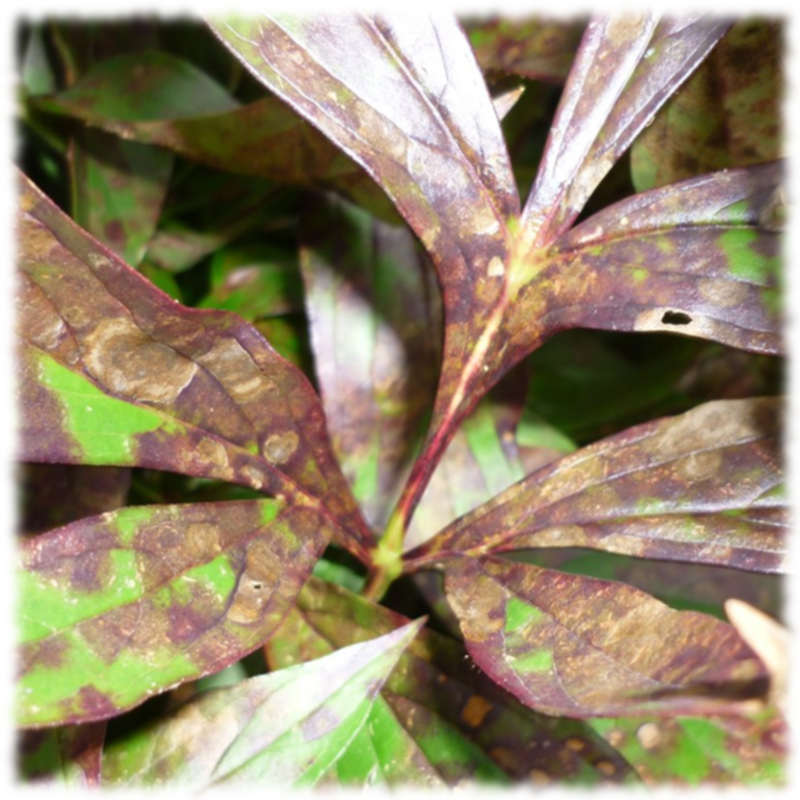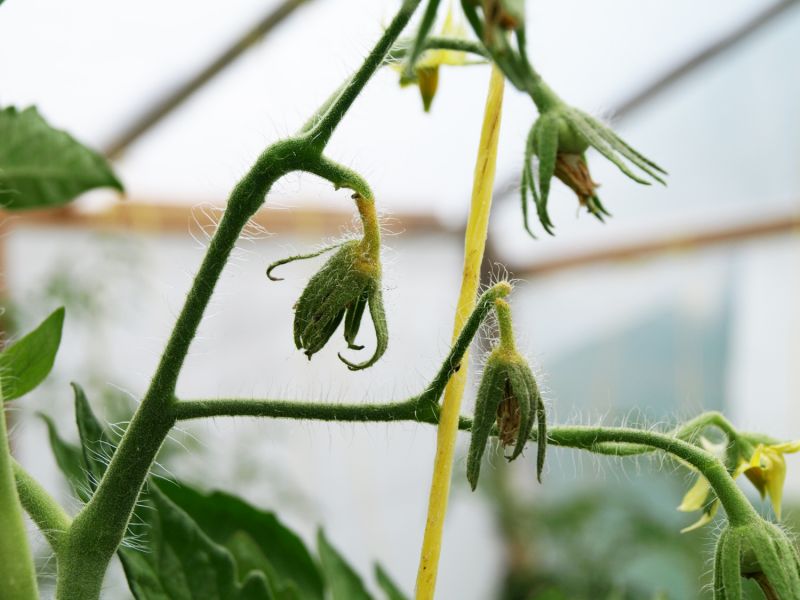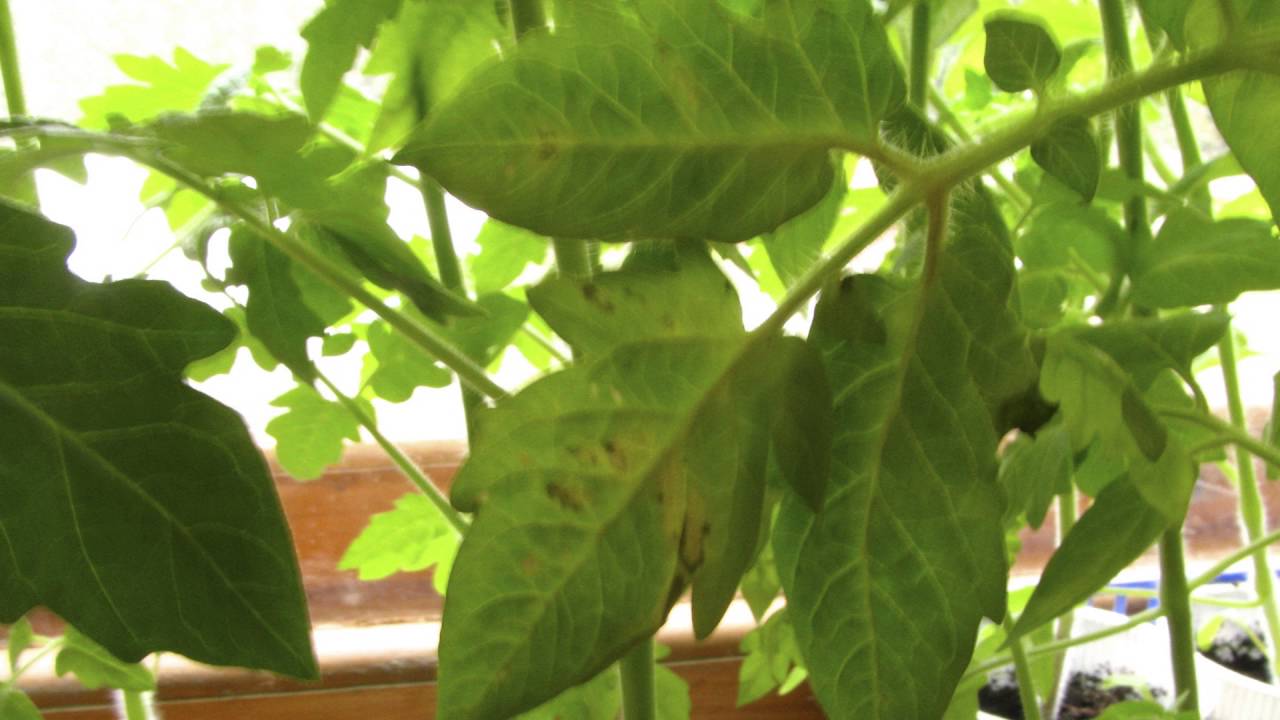Content:
Blooming plants in flower beds, in gardens and backyard plots give a special fabulous atmosphere, and all thanks to unusual shapes, bright colors and pleasant aroma.
But, unfortunately, for their lush flowering, the gardener often has to make a lot of effort. All plants need care, besides individual, depending on the variety. Many agronomists, especially beginners, wonder why lily buds fall off. The problem is quite common and there may be several reasons for this.
This article will tell you about the rules of care and the causes of the problem. And, of course, the topic will certainly be raised: why do lilies have buds falling off, can they be cured and how to deal with the problem yourself.
General rules for caring for lilies
Lilies are perennial plants. Propagated by scales and bulbs, the second method is more common. Flowers are characterized by a bell-shaped or funnel-shaped form, in some lilies they are twisted more, in others less. Depending on the varietal accessory, the inflorescences can have a different color: yellow, white, pink, raspberry, etc.
Before proceeding with the answer to the question of why the buds of lilies fall off, you should familiarize yourself with the basic rules for caring for the plant. Quite often, the reason for wilting lies precisely in this, therefore, minor adjustments in agricultural technology and the plant will again begin to delight with lush flowering.
Lilies are wayward and at times capricious plants. However, if you study the basic rules of care, then even a novice agronomist will be able to grow them.
So what is required for success:
- choose the right site;
- use only high-quality planting material;
- follow all the rules of landing and care;
- to carry out prevention and treatment of diseases.
Planting lilies
Planting a perennial crop is carried out according to the following algorithm:
- Preparation of planting holes. It is recommended to prepare the site in advance. First, you need to dig up the earth on the bayonet of the shovel. During digging, mineral and organic fertilizers are introduced into the soil; potassium and phosphorus must be present in the composition. If the gardener plans to plant varieties that do not tolerate acidic soils, then ash, chalk or lime is added to the pit before planting. It is recommended to moisten the soil before planting.
- The most common planting method is with bulbs. If, upon visual inspection, the planting material seems to be dry, then before planting it is recommended to lower it for several hours in Epin's solution. After all the preparatory manipulations, the bulb is immersed in the hole, covered with soil and carefully tamped.
The optimal time for planting a plant is the second half of August - the first half of September. But in general, bulbs can be planted in spring, as soon as the soil warms up.After the autumn planting, it is recommended to mulch the bulbs with a layer of peat or manure, the layer should be at least 10 cm.
Care
If you properly care for the lily during the entire growing season, then there will be no difficulties with it. The place of planting, the composition of the soil and the quality of the planting material are of great importance, but this is not all. Proper grooming plays an equally important role in ensuring lush flowering. Typically, it boils down to:
- watering;
- the introduction of organic and mineral fertilizers;
- prevention of diseases and pests;
- mulching;
- loosening the soil.
Experienced flower lovers apply fertilizer twice during the same growing season. The first feeding is carried out in the spring before budding. During this period, it is advisable to use a complex of mineral fertilizers. The second time the soil is fertilized at the end of flowering - the plant needs potassium-phosphorus compositions.
When the heat is sultry outside, the lilies need to be given regular and abundant watering. Water the bush right at the root. After irrigation of the land, the near-stem circle is mulched. Lilies, like most other bulbous plants, have good resistance to various diseases. But for preventive purposes, Fitosporin is used (according to the instructions).
Why do lily buds fall
Novice gardeners, having first planted lilies on the site, are looking forward to contemplating this beauty of nature. Alas, many expectations are not met, because the buds of graceful lilies fall off before they open up. There are many reasons for this phenomenon. The main ones are listed below.
Moisture deficiency
Lack of moisture can be a significant reason why lilies fall off the buds without blooming. On hot summer days, many agronomists forget that front gardens also need watering.
Lilies are very susceptible to lack of water. In order to survive, the plant begins to discard inflorescences and part of the green mass from itself. Therefore, it is extremely important during budding and before the flowers open to provide the culture with watering.
Fungal damage
The plant can dry out, turn yellow, turn black and rot when affected by an infectious or fungal disease.
When affected by fusarium, lilies develop yellow-brown spots on the leaves. In this case, it is necessary to remove the affected fragments of the bush and treat the rest of the plant with a solution of fungicides or copper sulfate.
Spotting or gray mold
The foliage can fall off, the buds can fall off when the lily is infected with spotting or gray rot.
The main reason for the development of the disease is excess moisture caused by prolonged rains. The root system begins to rot, dark wet spots with a pronounced yellow border are formed on all aerial parts of the plant.
The plant must be treated immediately, otherwise the bushes will take on an unnatural ugly shape. Effectively fight the disease with a Bordeaux mixture solution or fungicides.
Insect pests
Unfortunately, the lily attracts the attention of many insects who wish to feast on it.
During budding, in the early days of summer, lily flies can infect the bushes. They lay their eggs in the flowers of the plant, and then the hatched larvae literally eat the bud from the inside. Actually, because of this, they may not bloom and fall off.
To help the plant bloom, it must be treated with insecticides, the choice of drugs is great.
Nematode
Lily buds also dry up due to the defeat of the stem nematode.
This worm is small in size, feeds on all aerial parts of the plant, and releases toxic substances. Liliaceae and a fire beetle can also provoke a fall.The fight and treatment consists in irrigating the bushes with insecticidal preparations.
Preventive measures
To prevent the development of such undesirable phenomena, it is very important to observe all preventive measures. They will reduce the likelihood that the flower can dry out and crumble before opening.
The main preventive measures are reduced to three components:
- compliance with all agrotechnical rules for growing lilies;
- crop rotation of flowering plants.
- regular inspection and irrigation of plants with fungicides, insecticides or decoctions prepared according to folk recipes.
Many flower lovers start to panic and do not know what to do. This problem is quite common, so it will not be difficult to solve it. It is enough to reconsider your approach to care and, if necessary, use chemicals.
